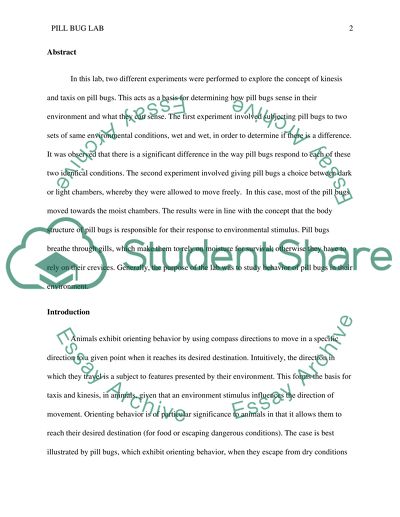Cite this document
(“Pill Bug Lab Report Example | Topics and Well Written Essays - 3250 words”, n.d.)
Pill Bug Lab Report Example | Topics and Well Written Essays - 3250 words. Retrieved from https://studentshare.org/biology/1662582-pill-bug-lab
Pill Bug Lab Report Example | Topics and Well Written Essays - 3250 words. Retrieved from https://studentshare.org/biology/1662582-pill-bug-lab
(Pill Bug Lab Report Example | Topics and Well Written Essays - 3250 Words)
Pill Bug Lab Report Example | Topics and Well Written Essays - 3250 Words. https://studentshare.org/biology/1662582-pill-bug-lab.
Pill Bug Lab Report Example | Topics and Well Written Essays - 3250 Words. https://studentshare.org/biology/1662582-pill-bug-lab.
“Pill Bug Lab Report Example | Topics and Well Written Essays - 3250 Words”, n.d. https://studentshare.org/biology/1662582-pill-bug-lab.


